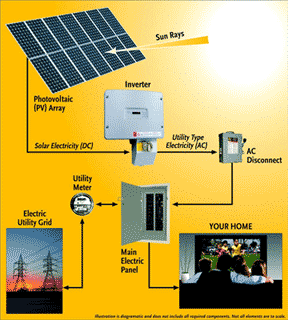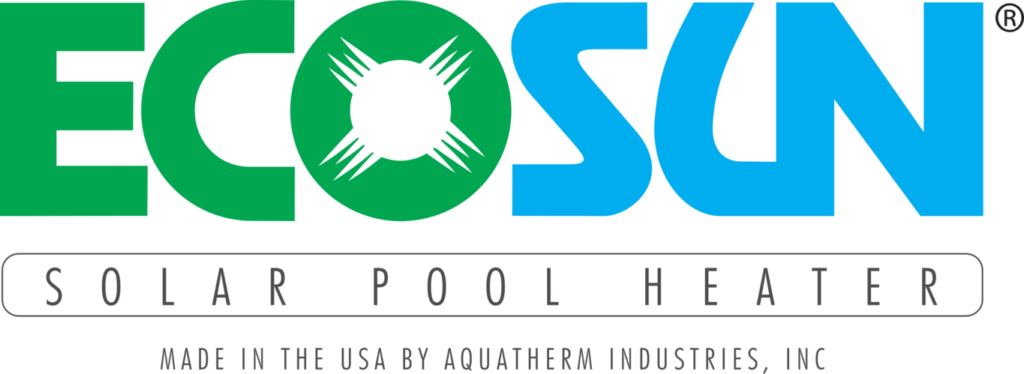How do Solar Electricity & Solar Panels Work?
Solar Lights & More Provides Solar Panels in Ocala
 The team at Solar Lights & More recognizes the benefits that solar panels can provide, which is why we are proud to offer them to homeowners throughout Ocala, FL, and the surrounding area. As the leading solar energy service in the region, we are committed to helping you find cost-effective, eco-friendly alternatives to traditional electricity. By harnessing the power of solar energy, you can decrease your utility bills while also reducing your environmental footprint. We have spent well over two decades delivering reliable customer service and high-quality products to homeowners interested in solar energy, and we are eager to do the same for you. Contact us today to learn more about how solar panels work and why a solar panel system is right for you.
The team at Solar Lights & More recognizes the benefits that solar panels can provide, which is why we are proud to offer them to homeowners throughout Ocala, FL, and the surrounding area. As the leading solar energy service in the region, we are committed to helping you find cost-effective, eco-friendly alternatives to traditional electricity. By harnessing the power of solar energy, you can decrease your utility bills while also reducing your environmental footprint. We have spent well over two decades delivering reliable customer service and high-quality products to homeowners interested in solar energy, and we are eager to do the same for you. Contact us today to learn more about how solar panels work and why a solar panel system is right for you.
How Do Solar Panels Work?
Solar panels can use the sun’s energy to produce electricity for your home in Ocala, FL. When particles of light – photons – hit the solar panels placed on your roof or in your yard, they knock electrons free from atoms to generate a flow of electricity. Researchers estimate that enough photons reach Earth every hour to satisfy global energy needs for a year. Fortunately, advancements in technology have led to improved solar panels and a decrease in their costs, making them an attractive addition to your Ocala home. The International Energy Agency revealed solar energy to be the fastest-growing power source, so now is the right time to take advantage of it.
What Comprises a Solar Panel System?
Solar panels are made of photovoltaic (PV) cells. These solar cells absorb light and knock electrons loose, which creates a current that is captured and transferred to wires. The “photovoltaic effect” describes the process of converting sunlight to electrical energy. A standard solar panel for a residential system has 60 PV cells linked together, while commercial solar panel systems may have many more. Photovoltaic cells have a positive and negative layer to create an electric field, similar to a battery.
What are the Different Types of Solar Cells?
Solar cells are commonly either monocrystalline or polycrystalline. Monocrystalline solar cells are made from a single silicon crystal instead of the fusion of many shards of silicon crystals. As a result, monocrystalline cells are typically more efficient, but polycrystalline cells are less expensive.
How Do Photovoltaic Cells Produce Energy?
The photovoltaic effect is a three-step process that allows the sun’s energy to power your home’s lights and appliances. When light hits a photovoltaic cell, the semiconducting silicon material absorbs it. This loosens the silicon’s electrons and provides the genesis of the solar electricity that will be available for use in your Ocala home. Because each PV cell has a positive and negative layer to create an electric field, the electrons begin to flow in one direction throughout the solar cell to generate a current. Finally, metal plates on each side of the solar cell collect the electrons and transfer them through wires to a solar inverter and subsequently throughout your home.
What is a Solar Inverter?
Solar inversion is the last step in the process that uses sunlight to power your home. A solar inverter transforms the DC electricity produced by solar energy into AC electricity. It also provides ground fault protection and monitors the solar power system to prevent electrical overloads. Solar Lights & More offers micro-inverters to optimize each panel and improve efficiency.











